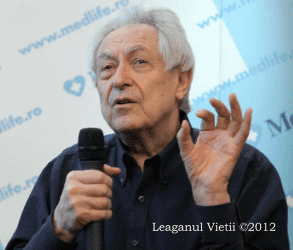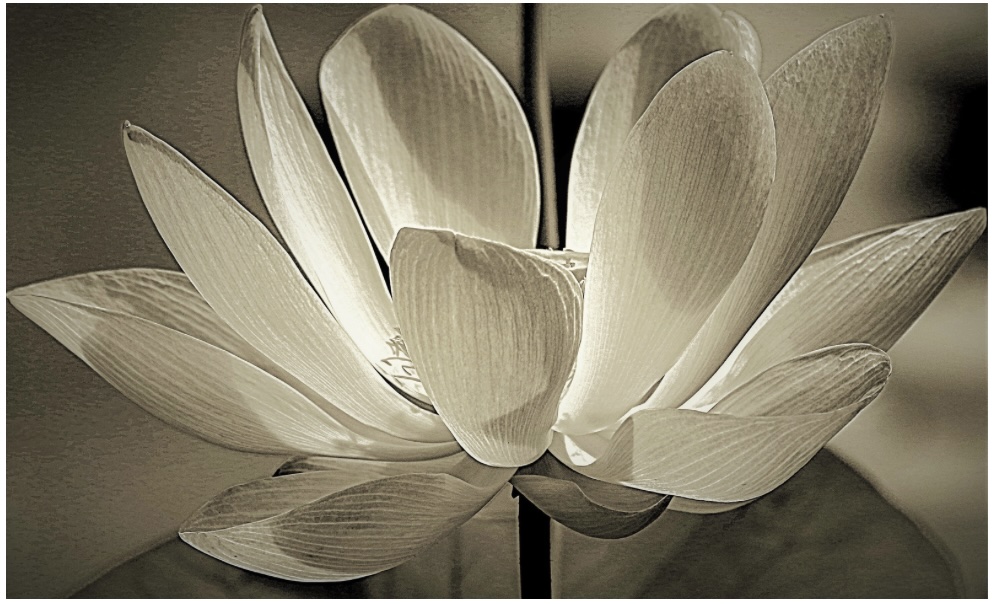Recently I had the great honor to connect with renowned birth specialist Dr. Michel Odent. He is one of the founding Fathers & Mothers of peaceful birthing practices. I asked him if I could interview him for my blog and followers of the peaceful birthing movement. I was especially interested on his advice for couples embarking on the journey of parenthood.
ZW: Dr. Odent, thank you so much for taking the time to answer some of my questions today. Can you give me and our audience a brief history of your work in the birth world?
MO: I started to be involved in childbirth in 1953, as an “externe” (medical student with minor responsibilities) in the maternity unit of a Paris hospital. This was a time when a c-section was not yet a safe operation, when there were no plastic catheters, no intravenous drips, no epidural analgesia, no electronic machines, and oxytocin had not yet been synthesized. Since that time and until now, I have been in a position to continuously follow the history of childbirth, either directly, or indirectly because, in the middle of the twentieth century, c-sections were usually performed in the framework of emergency surgery. It happened by chance that in the hospital where I was in charge of the surgical unit, in the 1960s, there was no doctor in charge of the small maternity unit. The midwives started to call me when they had to face difficulties. I developed such an interest for the effects of environmental factors on the physiological processes in the perinatal period that the number of births a year went gradually from 200 to 1000. This is why I am known as an obstetrician, although I am officially a surgeon.
ZW: You were one of the first people to talk about using water/pools during labor. I did labor most of the end of my labor in a tub and I can say that for me, the level of discomfort was significantly reduced while I was in the tub. Can you tell me why you originally suggested birthing in water and in your experience, has the suggestion held up as a positive experience for birthing women?
MO: I realized the power of a watery environment in the 1970s, at a time when one of my objectives was to develop strategies to reduce the need for pharmacological assistance in the particular case of women in established labour with unbearable back pain, when the dilation of the cervix could not progress.
In such a context I postulated that immersion in water at the temperature of the body should be a way to break a vicious circle by inducing a state of relaxation and lowering the levels of adrenaline. This is how, as a temporary measure, we had a garden paddling pool. This was the beginning of the history of hospital birthing pools. Later on, we installed a larger, round, deep-blue bath that was plumbed in. On the walls of the small aquatic birthing room there were pictures of dolphins. I had a revelation the day a woman gave birth on the floor before the pool was actually full. All she needed was to see the blue water and hear the noise of water. Until that moment I had only simplistic physiological explanations regarding the effects of water immersion during labor.
This was a first lesson: when in labor, many women are irresistibly attracted to water and a great importance should be given to the way they are introduced in the aquatic birthing room.
The second important lesson was that, in general, when a woman enters the birthing pool in well-established labor, there is a spectacular progress of the dilation of the cervix during the first two hours. The progress of cervical dilation is usually associated with an obvious and spectacular reduction in neocortical control. This means that the woman behaves as if on another planet, as if cutting herself off from our world, forgetting what she had been taught, forgetting her plans, and behaving in a way that usually would be considered unacceptable regarding a civilised woman, for example screaming or swearing. Some women can find themselves in the most unexpected, bizarre, often mammalian, primitive, quadrupedal postures.
Ideally, the bath should be deep enough for real immersion and the water temperature comfortable (in practice around 37o Celsius). A dim light is, of course, an important factor and, if it is acceptable, there would be nobody around apart from one silent, low profile and motherly birth attendant who does not behave as an observer. After two hours there is usually a feedback mechanism and the contractions become less and less efficient.
At the time of the garden inflatable pool (before we installed a solid pool), women were not influenced by the media or by what they had read in books about childbirth. Their behavior was spontaneous and thus we learned about the genuine effects of a water environment. A typical scenario (with many possible variations) was the case of a woman entering the pool in hard labor, spending an hour or two in water and then feeling the need to get out of the pool when the contractions were becoming less effective. This going back to the dry land often induced a short series of irresistible and powerful contractions so that the baby was born within several minutes.
One day, a mother-to-be had not been in water for long when suddenly she had two irresistible contractions and the baby was born before she felt any need to get out of the pool. While giving birth, this woman was really “on another planet”. Clearly, in that altered state of consciousness associated with hard labour, she intuitively knew that her baby could be born safely under water. There was no panic. It is as if a deep-rooted knowing was able to express itself as soon as the intellect and its knowledge were set aside. Such births happened again. It is as if, while in a particular state of consciousness, some women knew that a birth under water was safe for the baby.
When we had the experience of one hundred babies born under water (while thousands of women had used the birthing pool), I found it relevant to publish our observations in a mainstream medical journal (Lancet 1983). This was an opportunity to warn my colleagues that in any hospital where a birthing pool will be available, a birth under water is bound to occur occasionally, even if it is not intentional. It is notable that the original message was distorted: many women were the prisoners of their project of “water birth”, staying in the birthing pool when the contractions were becoming less and less effective. For that reason, I tried – with limited success – to recall the original message in midwifery journals (see pubmed.com: Odent M).
ZW: My understanding is that you believe that changing the way the modern world is birthing will also evolve humans accordingly. Can you expand on this thought and the science behind it?
MO: To participate in the initiation of a collective new awareness, the first step is to realize that the way human beings are born is not just a topic for specialized health professionals and pregnant women. Let us use the analogy of anticipated climatic changes in relation to human activities. We have reached such a phase of collective awareness that it is not a topic reserved to climatologists. Everybody is involved. How to reach the same stage where birth is concerned? It is not by transmitting beliefs. It is by transmitting useful knowledge provided by a great diversity of emerging and fast developing scientific disciplines. This is why, in the age of “information bombardment” and overspecialization, the objective of my books is to guide a diverse public towards selected valuable and relevant pieces of knowledge.
ZW: Dr. Odent, many in the audience might not have read your works. Can you tell us why you think it is important to initiate breastfeeding shortly after birth?
MO: We have learned recently that, in our species, lactation is supposed to start during the hour following birth. Let us recall that, for thousands of years, the main effect of widespread perinatal beliefs and rituals has been to delay the initiation of breastfeeding. However, human beings survived. We are now in a position to explain that in our species the early colostrum is precious, without been vital. Human babies can survive without consuming the early colostrum because they have received maternal antibodies through the placenta, before being born. Among humans the main questions are: “How familiar and how divers the bacteriological environment in the birthing place is? Which microbes are the first to educate the immune system of modern human babies?” The point is that today nearly all newborn babies, for obvious reasons related to the place of birth, are deprived of familiar microbes. To compensate this unprecedented situation the early colostrum is becoming more precious than ever.
ZW: If there is just one piece of advice you can offer to an expecting mother/couple, what would that be?
MO: When in labor, forget everything. Just keep in mind that you rely on the release of oxytocin, the “shy hormone” that does not appear among observers and strangers.
ZW: I want to thank you so much for taking time to answer my questions and for sharing your wisdom with the world! I believe this work is one of the most important things we can do for the successful survival of our species.
If you would like to know more about Dr. Odent’s work please visit his facebook page, or check out one of his many books available on amazon.com
His books include:
- Birth Reborn (1984, Pantheon, NY)
- Primal Health (1986. Century Hutchinson. London)
- The Farmer and the Obstetrician (Free Association Books)
- The Caesarean (Free Association Books )
- The Scientification of Love (Free Association Books)
- The Functions of the Orgasms: The Highways to Transcendence (2009, Pinter & Martin Ltd.)
- Childbirth in the Age of Plastics (2011, Pinter & Martin Ltd.)
- Childbirth and the Future of Homo sapiens (2013, Pinter & Martin Ltd.), reissued as Childbirth and the Evolution of Homo sapiens in 2014
- Do we need Midwives? (2015, Pinter & Martin Ltd.)
- The Birth of Homo, the Marine Chimpanzee (2017, Pinter & Martin Ltd.)

 Sign up for my occasional newsletter – Sacred Living and receive a free Aqua Healing Guide.
Sign up for my occasional newsletter – Sacred Living and receive a free Aqua Healing Guide.